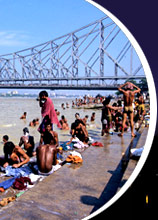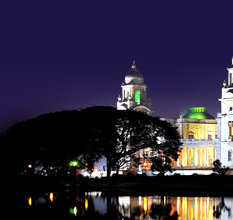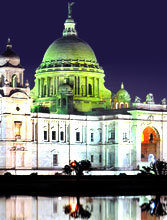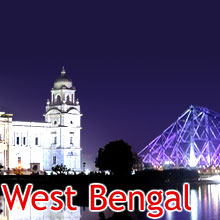Bengal has always been renowned for its marvelously rich art and culture, which includes handicrafts, dance forms and even music. The music of Bengal has been exceptionally recognized for its melody and umpteen varieties. Classical music forms the base of the rich lineage of Bangla music. Like other classical forms of music Indian music, it is also based on the musical modes called 'Ragas'. This is why it is also known as 'Ragapradhan Gan' i.e. songs based on 'Ragas', the musical nodes.
The classical music of West Bengal is highly inspired by the other forms of Indian classical music. The influence of carnatic music can also be noted at times. The reference to classical Bangla music is found in Charyagiti texts of the 9th century. This explains the antique existence of the melodious Bengali classical, much ahead of the other North-Indian forms of music. The influence of the North Indian ragas in Bengali classical, like dhrupad, kheyal, tappa and thungri, began around 18th century and gained momentum in the19th-20th century. Bangla classical music is said to be the base of all the major varieties of music in West Bengal.
The classical music of West Bengal has also formed the base of Jaydev's Gitagovindam, Padavali kirtan, Mangalgiti, Shyama-Sangeet, Tappa, Brahma-Sangeet and Rabindra-Sangeet. Bengal has gifted the Indian sub-continent with some of the most talented classical musicians. Amongst the renowned Bengali classical artists, we can include the name of Ajay Chakrabarty, Rashid Khan, Ahsish Khan, Chinmay Lahiri, Girija Devi, as far as vocal classic is concerned, and Ravi Shankar, Budhaditya Mukherjee, Monilal Nag and Nikhil Banerjee, in context of instrumental classic.

    |



